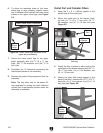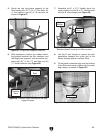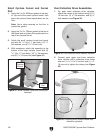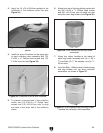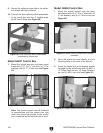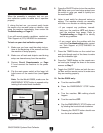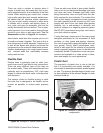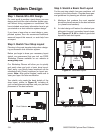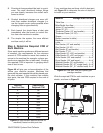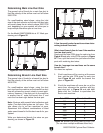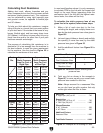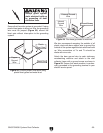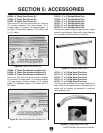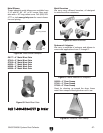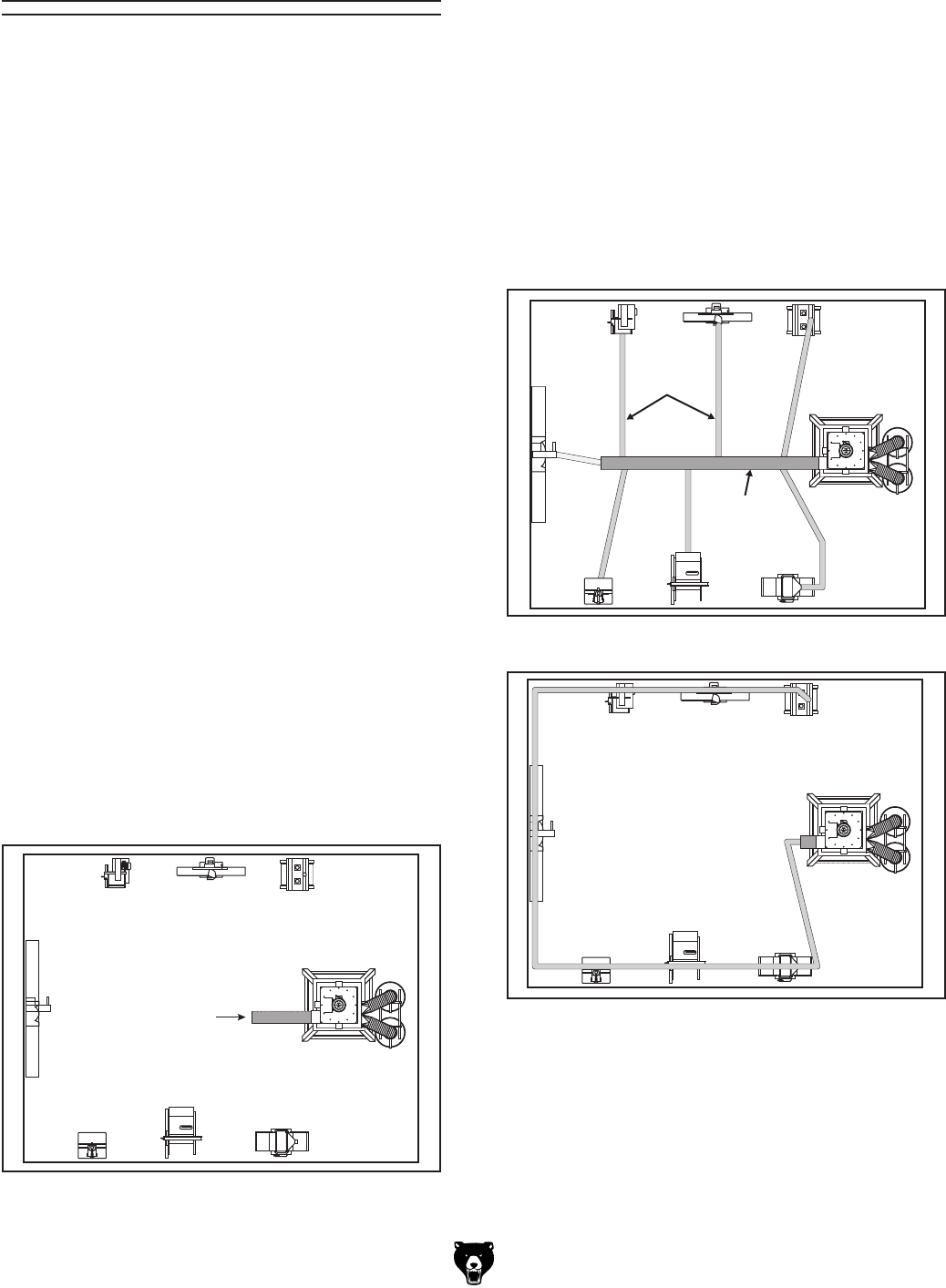
-30-
G0637/G0638 Cyclone Dust Collector
Step 1. Decide Who Will Design
For most small-to-medium sized shops, you can
design and build the dust collection system your
-
self without hiring engineers or consultants. We
have included some basic information here to get
you started on a dust collection system design.
If you have a large shop or must design a com
-
plicated system, then we recommend additional
research beyond this manual, or seek help from
an expert.
Step 2. Sketch Your Shop Layout
Planning is the most important step when design-
ing a successful dust collection system.
Before you begin to draw your necessary layout
sketch, we recommend that you visit our FREE
Workshop Planner available on our website at
www.grizzly.com.
Our Workshop Planner will allow you to quickly
and easily draw and print a basic shop layout.
Don't worry, non-Grizzly brand machines can be
substituted with Grizzly machines for layout pur
-
poses. Note:
After you're finished, make sure to
save your layout for later modification.
Your sketch only needs the basic details of the
shop layout, similar to Figure 46
, including all
your current/planned machines and your planned
placement of the dust collector.
System Design
Figure 46. Initial sketch of shop layout.
Step 3. Sketch a Basic Duct Layout
For the next step, sketch how your machines will
connect to the dust collector. Consider these gen
-
eral guidelines for planning an efficient system:
1. Machines that produce the most sawdust
should be placed nearest to the dust collector
(i.e. planers and sanders).
2. An ideal design will feature the shortest pos-
sible main line and secondary branch ducts.
See Figures 47 & 48 for ideas of good duct
layouts vs bad duct layouts.
Figure 47. Good duct layout.
Figure 48. Bad duct layout.



